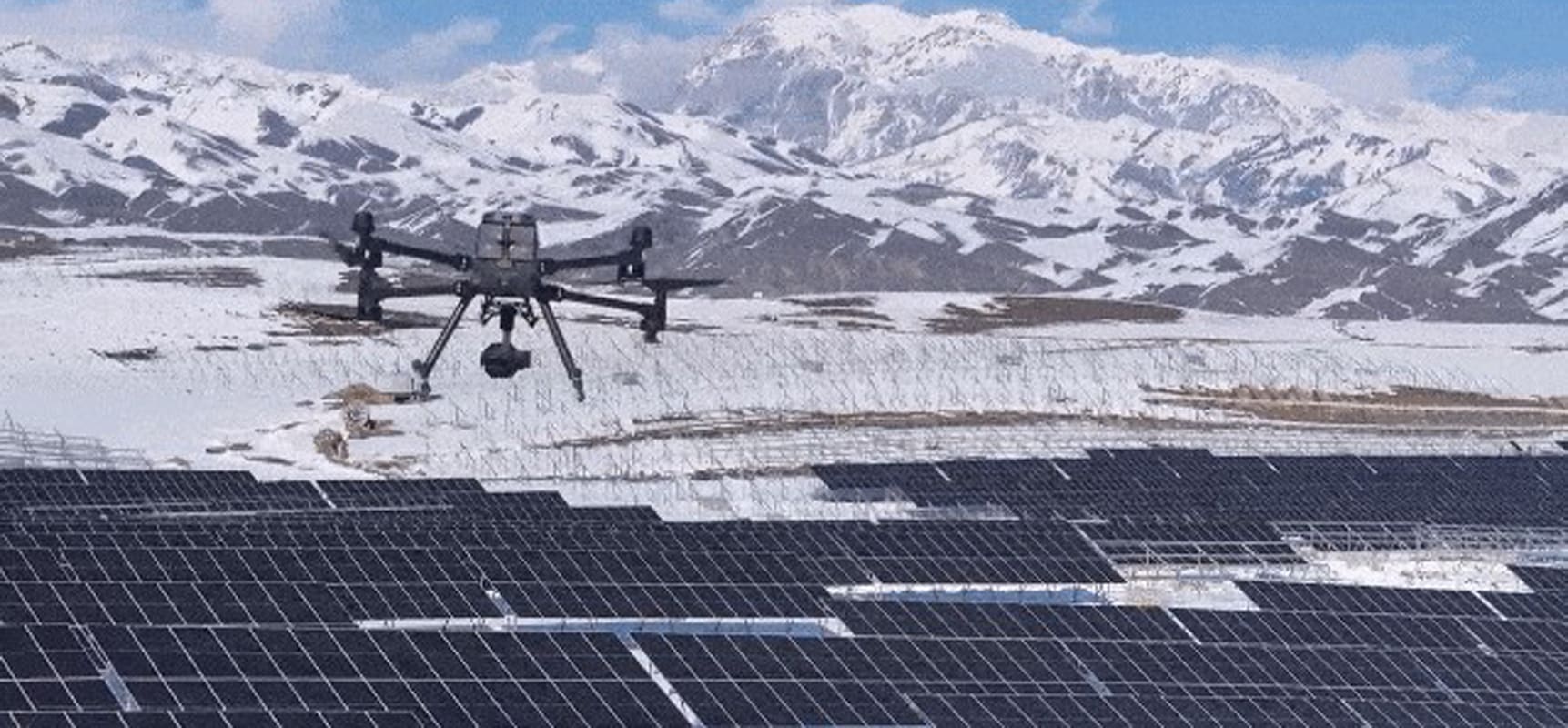The largest single unit in Asia! The photovoltaic project undertaken by China Construction Second Engineering Bureau was successfully connected to the grid
May 30, 2024
On May 28, the first phase of 2 million kilowatts of the 3.2 million kilowatt photovoltaic project of the 4 million kilowatt wind power photovoltaic integrated project in Nileke County, undertaken by China Construction Second Engineering Bureau, was officially connected to the grid.
The project is located in Nileke County, Ili Kazakh Autonomous Prefecture, Xinjiang Uygur Autonomous Region. It is the first project successfully connected to the grid in the 13 million kilowatt project of Xinjiang's new energy base, marking the successful grid connection of the largest single wind power photovoltaic project in Asia.
According to reports, the project will be fully started at the end of September 2023. With efficient management methods such as "chart operation" and "large base grid management", the "three points, two lines and one surface" construction operations will be fully promoted to run the project construction "acceleration". During the peak period of the project, the number of construction personnel reached more than 10,000, and more than 1,000 various types of machinery such as loaders, cranes, pile drivers, and forklifts were invested.
The project features energy conservation, environmental protection, green development and new energy. After completion, it will be able to provide 5.8 billion kilowatt-hours of clean electricity to the power grid each year, save about 1.73 million tons of standard coal, and reduce carbon emissions by 4.72 million tons, helping the country achieve its "dual carbon" strategic goals, accelerate energy transformation in Xinjiang, and promote the construction of the power market.
The complex terrain with nearly 160,000 mu of gullies and ravines has brought great challenges to the precise positioning of construction sites. The project's scientific research team independently developed three-dimensional lightweight, three-dimensional visualization management technology and CAD+satellite positioning technology for mountain photovoltaic projects, and used surveying drones + DJI Terra+ mapping technology to re-survey all pile foundation points on site, effectively solving the problem of construction points and greatly improving construction efficiency.
The project team faced high temperature, wind and sand, and extremely cold construction environments, and completed the installation of 107,000 mu, 127,800 groups, and 3.579 million solar panels in just 8 months.